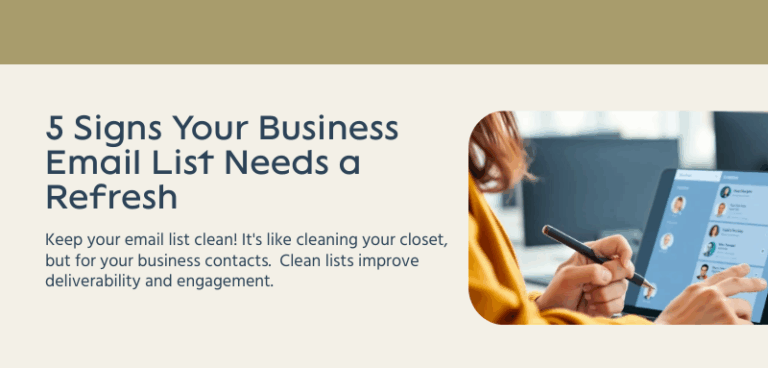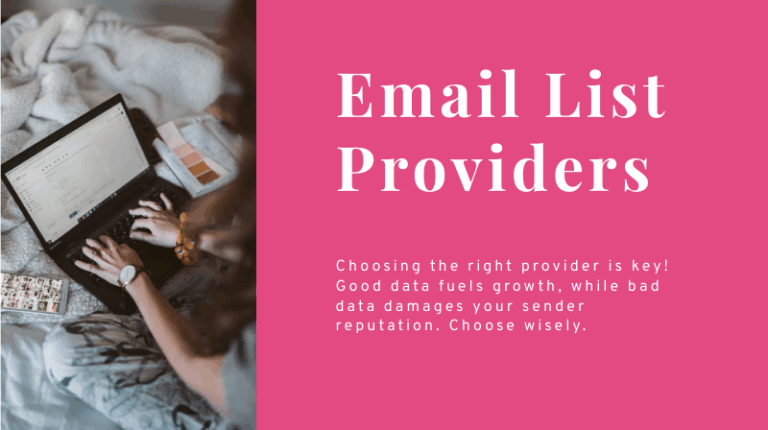If you’ve ever wondered what that “one weird tip” is, you aren’t alone. Those little ads for anything from financial planning to tooth whitening to weight loss have been phenomenally successful at attracting clicks. They’ve also become a victim of their own success because they rarely have the content to back up their promises, but that doesn’t mean the ads themselves don’t have plenty to teach. Businesses can still learn some important takeaways from these ads, especially for email marketing subject lines.
Why does such a simple line work? Do B2B companies benefit from the same techniques as B2C advertising? Can you sustain the interest your email subject line creates? We’ll give you more than one tip – and not the weird old kind – for building better email subject lines.
Confound Expectations
Let’s take a closer look at that word “weird.” It’s not something you’d expect a company to say about its product. After a lifetime of seeing it, most people have become used to marketing hyperbole. They tend to tune out superlatives like “best” or “fastest” or “strongest,” but they pay attention to uncommon or specific word choices. “Weird” works because it’s. . .well, weird. That unusual word choice circumvents the expectation that ads typically include a certain amount of fluff. It draws attention because it’s neither negative nor positive but takes the viewer in an unexpected direction.
Choosing uncommon words can also help set your email apart in a crowded in-box. You aren’t limited to adjectives, either; verbs pack a punch in email subject lines, especially if you choose less common ones. Starting with “flip,” “earn,” or other less common actions can make your email stand out in a field of “buy now” and “best.”
Create Some Mystery – But Not Too Much
Curiosity is a tremendous incentive for audience members to click, and that applies to email too. Get your prospects curious about what you’re offering, and you earn a higher open rate. Too much mystery, though, can have the opposite effect. Here’s where those “one weird tip” ads show you what not to do; being coy about their ultimate goal works for these untargeted ads, but for effective email marketing, you want to tell your readers what they’ll find. The key is to invite readers to click for more, not require them to click to reach what they need to know.
Asking questions in your subject line creates mystery while still delivering on the promise your subject line makes. For example, if you’re offering certification classes, ask your prospects what they plan to accomplish or what they want to discover. Open-ended questions work best here because you want all answers to be positive. “Ready for Retirement?” would probably have a lower open rate, for example, than “When Can You Retire?” for a CPA firm’s email marketing campaign.
Use Sophisticated Audience Segmentation
The key to the success of those “one weird trick” ads is that they aren’t meant to appeal to everyone. In fact, they’re a crude form of audience segmentation. Because they’re intentionally offbeat and lack flashy graphics, they weed out customers who are less likely to traverse the whole sales pipeline from the start. With email, you have a chance to segment your audience in a far more sophisticated and less binary fashion. Instead of allowing audiences to self-select by sending the same subject lines to everyone and letting them sort themselves out, your email marketing can be tailored to your audience with remarkable precision. Ideally, you’ll give every one of your prospects the impression your email marketing campaign speaks directly to him or her. Segmentation lets you approach that ideal more closely with each successive campaign.
If you’re still wondering about that one weird old trick, there isn’t one. It’s just a way for marketers to make an end-run around expectations and tap into their audience’s innate curiosity.
© Reach Marketing LLC 2015 All Rights Reserved.




